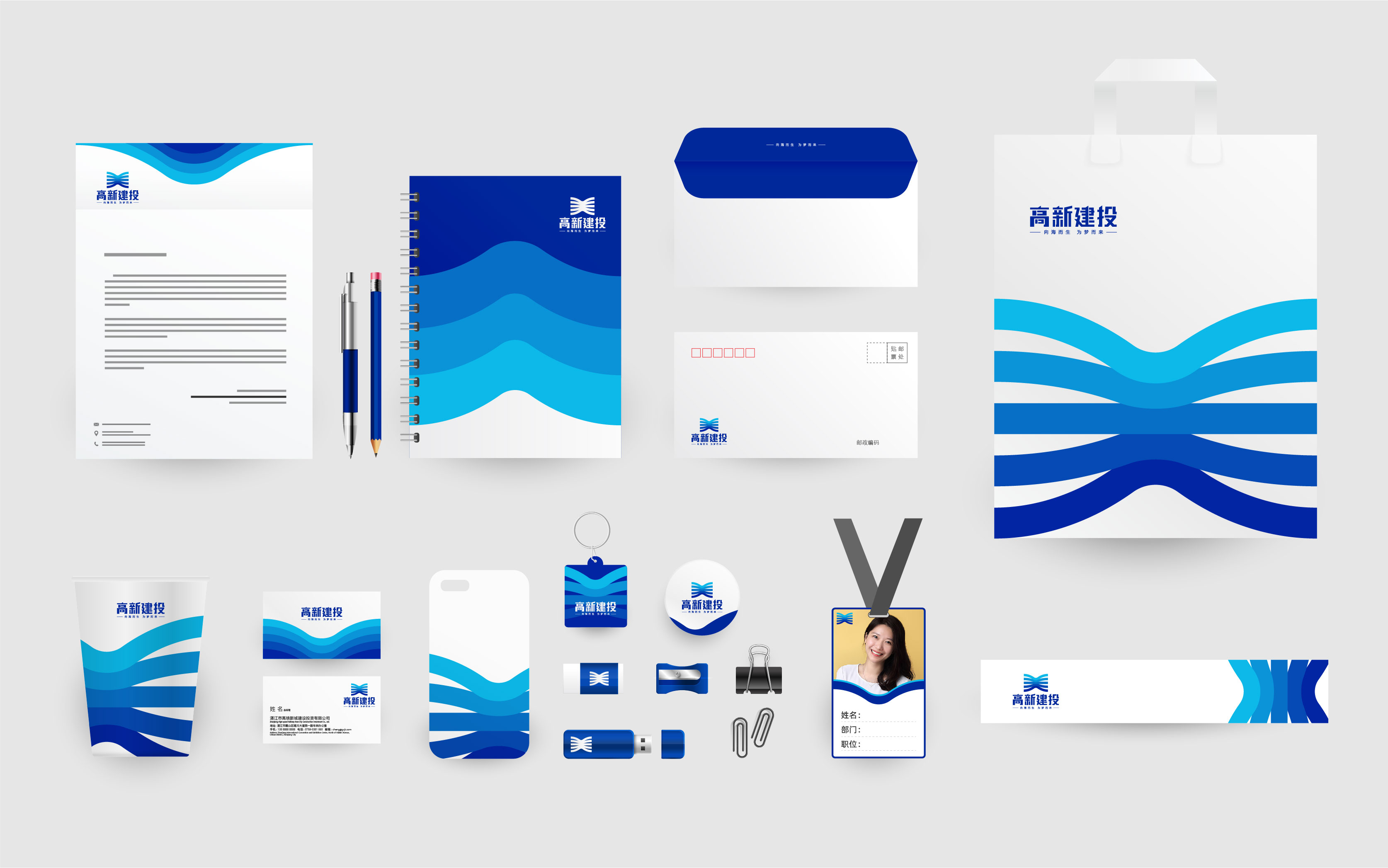
To effectively upgrade an old brand and find a new, accurate brand positioning, a strategic approach is required. The goal is to evolve the brand while maintaining its core essence, ensuring that it remains relevant in the changing market landscape. Here are key steps to follow in identifying a new brand positioning:
1. Conduct a Brand Audit
Objective: Understand the brand’s current strengths, weaknesses, and market perception.
Steps:
Evaluate the Current Brand: Assess the current brand identity, messaging, product offerings, customer loyalty, and market performance.
Identify Gaps: Pinpoint what aspects of the brand may have become outdated or are no longer resonating with the target audience.
Analyze Customer Feedback: Collect insights from current customers, stakeholders, and employees to understand the brand's existing image and areas of improvement.
2. Study Market Trends and Competitors
Objective: Align the brand with current and future market dynamics while differentiating it from competitors.
Steps:
Market Research: Identify emerging trends in the industry, such as shifts in consumer behavior, technology, or lifestyle preferences.
Competitor Analysis: Study competitors' positioning to uncover market gaps and determine what they are doing well or poorly. This helps avoid overlapping with competitors and allows your brand to find a unique space.
Identify Opportunities: Look for opportunities where your brand can meet unfulfilled consumer needs or differentiate itself through innovation, sustainability, or customer experience.
3. Reassess the Target Audience
Objective: Understand if the existing target audience remains relevant and if new demographics should be considered.
Steps:
Segment Analysis: Re-examine your customer base to determine whether you are targeting the right demographic and psychographic groups. Look into factors such as age, preferences, purchasing behavior, and values.
Explore New Markets: Consider expanding to new markets, geographies, or demographic segments that align with your product or service evolution.
Customer Insights: Utilize tools such as surveys, focus groups, and social media analytics to gather deeper insights into what your customers now value most.
4. Redefine the Brand’s Core Values
Objective: Align the brand’s new positioning with updated values and mission.
Steps:
Brand Essence: Revisit the brand’s mission, vision, and values to ensure they align with the new positioning. Ensure that the core values are authentic and resonate with both the internal team and the customer.
Storytelling: Consider updating your brand story to reflect your brand’s evolution and new goals. This story should be compelling, emotionally engaging, and authentic to appeal to your audience.
Cultural Relevance: Align the brand's core values with the cultural and social movements that are relevant to your audience, such as sustainability, diversity, or social responsibility.
5. Develop a Unique Value Proposition (UVP)
Objective: Differentiate the brand by focusing on the unique benefits and attributes it offers.
Steps:
Articulate Value: Clarify what makes your brand stand out from the competition. Focus on benefits that align with the needs of your target audience, whether that’s product quality, innovation, customer experience, or price.
Focus on Emotional Benefits: Beyond functional benefits, emphasize the emotional connection your brand can create with the audience (e.g., trust, safety, happiness).
Consistent Messaging: Ensure your new value proposition is clearly communicated across all channels (advertising, digital, retail, etc.).
6. Revamp the Visual Identity
Objective: Update the visual elements of the brand to reflect the new positioning while retaining recognition.
Steps:
Logo and Color Palette: Refine the logo, typography, and color palette to give the brand a fresh, modern look while maintaining some aspects of its legacy to retain familiarity.
Packaging and Design: Upgrade product packaging, website design, and promotional materials to ensure they align with the new positioning.
Visual Consistency: Ensure that visual elements communicate the same message across all customer touchpoints, maintaining consistency.
7. Update Brand Voice and Language
Objective: Align the brand’s tone and messaging with the new positioning.
Steps:
Tone of Voice: Determine whether your brand's tone of voice needs to be updated to fit the new market positioning. A more casual, authoritative, or playful tone may be required, depending on the target audience.
Taglines and Slogans: Craft new taglines, slogans, and key messages that communicate the refreshed brand positioning effectively.
Consistency: Ensure that the language used in marketing, customer service, and internal communications is consistent with the brand's new identity.
8. Test the New Positioning
Objective: Validate the new positioning with real-world feedback before a full rollout.
Steps:
Soft Launch: Implement a soft launch of the new brand positioning with select customer groups or specific regions to gauge reactions.
A/B Testing: Use A/B testing on marketing campaigns, messaging, and visual elements to determine which aspects resonate best with your audience.
Iterate Based on Feedback: Collect and analyze feedback from customers, employees, and partners to make adjustments before the full-scale launch.
9. Communicate the Change Internally and Externally
Objective: Ensure all stakeholders understand the new brand positioning and its benefits.
Steps:
Internal Alignment: Train employees on the new positioning, ensuring that everyone from marketing to customer service understands and can communicate the brand’s evolution effectively.
Customer Communication: Communicate the change to customers through campaigns, emails, social media, and PR, explaining why the brand is evolving and what benefits it brings to them.
Media and Influencers: Engage with media and influencers to help promote the updated brand positioning and reach a wider audience.
10. Maintain Consistency and Monitor Performance
Objective: Ensure that the new brand positioning is consistently applied and remains relevant over time.
Steps:
Consistency Across Channels: Make sure the new positioning is consistently communicated across all brand touchpoints (website, packaging, social media, etc.).
Monitor Market Reactions: Continuously track how the market is responding to the new positioning through KPIs like brand awareness, customer satisfaction, and sales performance.
Adapt and Evolve: Keep refining the positioning as market conditions and consumer needs change.





